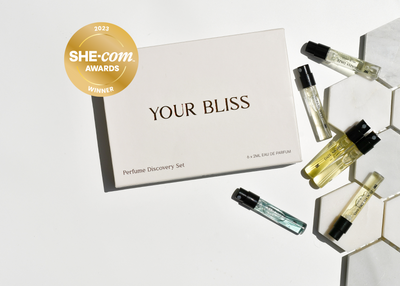What are Endocrine Disruptors?!
What are some common endocrine disruptors?
- Bisphenol A (BPA) — used to make polycarbonate plastics and epoxy resins, which are found in many plastic products including food storage containers
- Dioxins — produced as a byproduct in herbicide production and paper bleaching, they are also released into the environment during waste burning and wildfires
- Perchlorate — a by-product of aerospace, weapon, and pharmaceutical industries found in drinking water and fireworks
- Perfluoroalkyl and Polyfluoroalkyl Substances (PFAS) — used widely in industrial applications, such as firefighting foams and non-stick pan, paper, and textile coatings
- Phthalates — used to make plastics more flexible, they are also found in some food packaging, cosmetics, children’s toys, and medical devices
- Phytoestrogens — naturally occurring substances in plants that have hormone-like activity, such as genistein and daidzein that are in soy products, like tofu or soy milk
- Polybrominated diphenyl ethers (PBDE) — used to make flame retardants for household products such as furniture foam and carpets
- Polychlorinated biphenyls (PCB) — used to make electrical equipment like transformers, and in hydraulic fluids, heat transfer fluids, lubricants, and plasticizers
- Triclosan — may be found in some anti-microbial and personal care products, like liquid body wash
Being exposed to endocrine-disruptor chemicals even in low doses can have negative effects on our health.
In a world with so many of these chemicals in the products we use we can not expect ourselves to be perfect by any sense of the word.
When you can, check the labels, do your own research to the ingredients in what you are using. Do not be hard on yourself and just do what you can.
*Information from the National institute of Environmental health scientists













